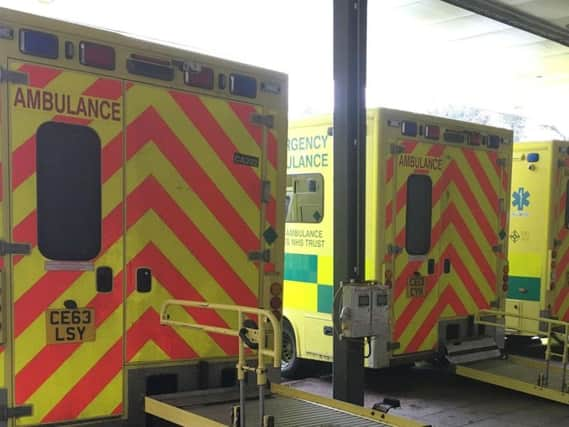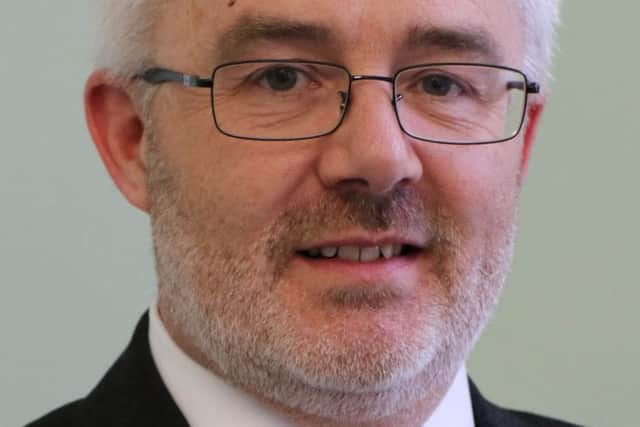Ambulance service changes '˜will benefit rural communities'


The NIAS yesterday launched a 12-week consultation process, during which members of the public will be able to have their say on the proposed move to a new ‘Clinical Response Model’ – similar to that used by ambulance services in other parts of the UK.
The proposals include changes to call handling procedures, with the aim of prioritising urgent life-threatening emergencies, responding to “the sickest quickest” and making the most effective use of the organisation’s resources to provide the best patient care.
Advertisement
Hide AdAdvertisement
Hide AdThe NIAS has stressed that it is not a cost-saving exercise and will actually require an investment of around £30m to allow it to take on more than 330 additional staff and improve its fleet of vehicles and estate.


With the number of ambulance call-outs having increased by 50% over the last five years, the NIAS said its current model of service delivery is “unsustainable”.
While the plans are designed to provide better services for patients across all areas of Northern Ireland, the NIAS says they should lead to “a substantial improvement” in rural locations, where the service has fallen well short of its ministerial response targets.
Indeed, Brian McNeill, NIAS director of operations, said the reforms aim to provide “a more equitable response across Northern Ireland” and also “deal with less urgent patients who are often forgotten about.”
Advertisement
Hide AdAdvertisement
Hide AdThe 94-page consultation document, which can be accessed via the NIAS website, states that there will be “a net gain under the new Clinical Response Model in relation to emergency ambulance cover in rural areas.”
“While guarantees cannot be given in relation to every single incident, there is likely to be a substantial improvement in appropriate and effective ambulance response in rural areas,” it adds.
Stressing that “rural areas present greater challenges just because of the geographies involved”, Michael Bloomfield, chief executive of the NI Ambulance Service, said: “With these changes implemented and the appropriate increase in staffing levels we believe it would allow us to meet nine out of 10 calls within 15 minutes and an average of eight minutes. That would improve the position in rural areas compared to the present.”
Urging people to back the proposed changes during the consultation period, Alliance Party health spokesperson Paula Bradshaw MLA said they would lead to a more efficient and better equipped and staffed ambulance service.
• Read related story - WATCH: Changes to Ambulance Service 999 call procedures will benefit patients, says doctor